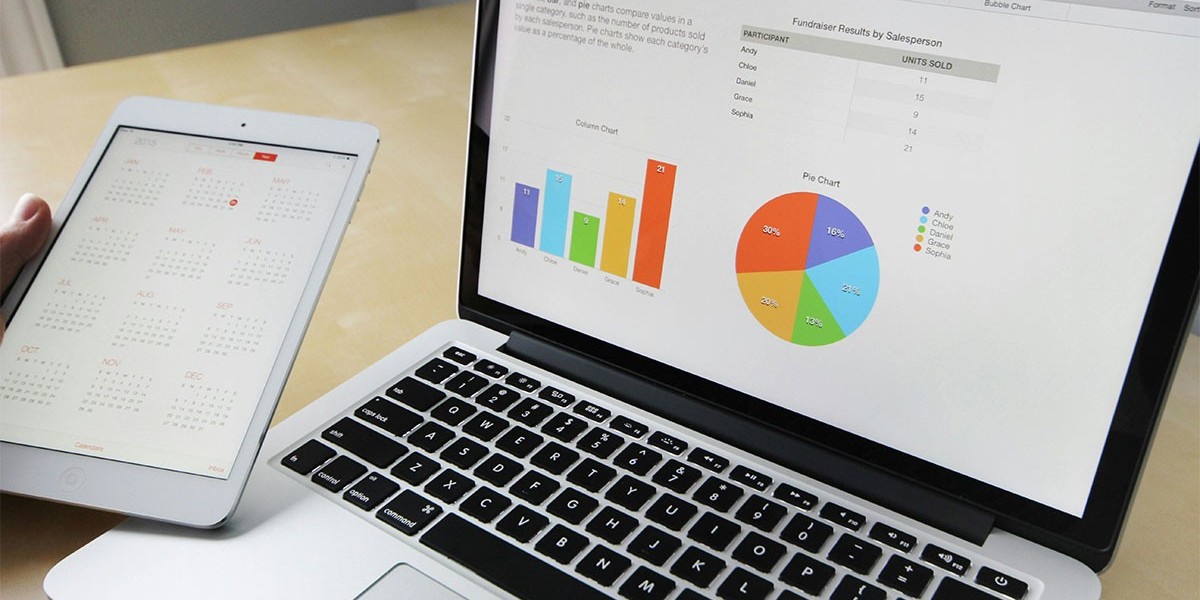In a world where artificial intelligence is growing faster than ever, Google has taken a massive leap with its newest innovation—Gemini AI by Google. Designed not just to live in the cloud but also to operate in offline environments, Gemini is showing us that intelligent, real-world robotics is no longer a sci-fi fantasy. It’s becoming our everyday reality.
So, what is Gemini AI? Why is it creating so much buzz in the tech world? And what does it mean for the future of machines and humans working together? Let’s break it down.
What Is Gemini AI?
Gemini AI is Google’s most advanced artificial intelligence system, combining deep learning with natural language processing, visual recognition, and reasoning capabilities. But what sets it apart from other AI models is its ability to run offline—yes, without internet access.
This shift is important because most current AI systems rely heavily on cloud computing. Gemini, however, brings that intelligence directly into devices and machines, enabling them to perform complex tasks independently. That means robots powered by Gemini can operate in environments where internet access is limited or unavailable, such as warehouses, hospitals, farms, and even remote locations.
A Major Leap for Offline AI
Offline capabilities may sound technical, but they make a real difference. Imagine a delivery robot that doesn’t stop functioning if it loses Wi-Fi. Or a healthcare assistant that can help doctors in rural clinics without needing to connect to the cloud. That’s the kind of offline AI technology Gemini is making possible.
It opens the door for safer, faster, and more reliable automation in industries like:
Manufacturing and logistics
Healthcare and elderly care
Agriculture and environmental monitoring
Education and personal assistance
Gemini’s offline intelligence isn’t just about flexibility—it’s about creating smarter systems that are less dependent on constant data streaming.
Gemini AI and Real-World Robotics
With its robust offline capabilities, Gemini AI is being integrated into a new generation of robots that can adapt and make decisions in real time. These machines don’t just follow pre-set instructions. They learn from their environment, adjust their behavior, and communicate with humans more naturally.
This makes Gemini-powered robots ideal for real-world applications like:
Assisting workers in factories
Helping patients in hospitals
Navigating dynamic spaces like homes or airports
Performing repetitive or dangerous tasks with better accuracy
Google is working with hardware partners to bring these robots to life using Gemini’s powerful machine learning core. This collaboration marks a step forward in intelligent robotics development.
A Focus on Responsible AI
Of course, with any leap in AI, there are ethical concerns—and Google knows this. Gemini AI was built with a focus on safety, privacy, and accountability. Offline AI gives users more control over how data is processed, helping to protect sensitive information.
For example, a Gemini-powered robot in a hospital can analyze patient data locally, without sending it to the cloud, helping protect user privacy while still delivering life-saving insights.
Google has also implemented guardrails to ensure that Gemini-powered machines behave safely and follow established AI safety standards.
The Future of AI and Human Collaboration
As AI becomes more integrated into our daily lives, the conversation is shifting from “humans vs. machines” to “humans and machines.” Gemini AI is a perfect example of this future. Instead of replacing people, it’s designed to work alongside them—enhancing productivity, improving safety, and freeing up time for more creative and human-centered tasks.
This means:
Factory workers get help from robots that learn routines and avoid accidents.
Healthcare workers receive support from machines that understand voice commands.
Educators gain tools that help students with different learning needs.
It’s not just about making robots smarter—it’s about making work and life easier for people.
How Gemini Stands Out from Other AI Models
Gemini’s edge comes from its ability to understand and interact across multiple modes of information. It can process:
Text
Images
Voice
Sensor data
This makes it more flexible and adaptable than many current AI tools. Its offline functionality also makes it more secure and dependable, especially in areas with unreliable connectivity.
Unlike some tools that require powerful servers or high-speed internet, Gemini can run efficiently on smaller devices. This makes it more accessible to developers and businesses looking to adopt AI for robotics in practical, real-world settings.
What Does This Mean for the Tech World?
With the launch of Gemini AI, Google is setting a new standard for intelligent systems. It’s not just about automation—it’s about intelligence that can work anywhere, anytime.
Startups and enterprise developers alike are now exploring ways to use Gemini for everything from smart home devices to warehouse management and medical support tools. And as AI evolves, Gemini’s AI integration for real-world robotics could help spark the next wave of innovation in industries that rely on both brain and brawn.
Final Thoughts
Gemini AI by Google is more than just another tech announcement. It’s a major shift in how we think about robotics, machine learning, and the role of artificial intelligence in our everyday lives. By bringing intelligent, offline-capable AI to the real world, Google is showing that the future isn’t coming—it’s already here.
From boosting productivity to empowering remote communities, Gemini has the potential to transform how we live and work. Whether you’re a developer, entrepreneur, or just someone curious about where AI is headed, keep an eye on Gemini. It’s going to be a game-changer.








